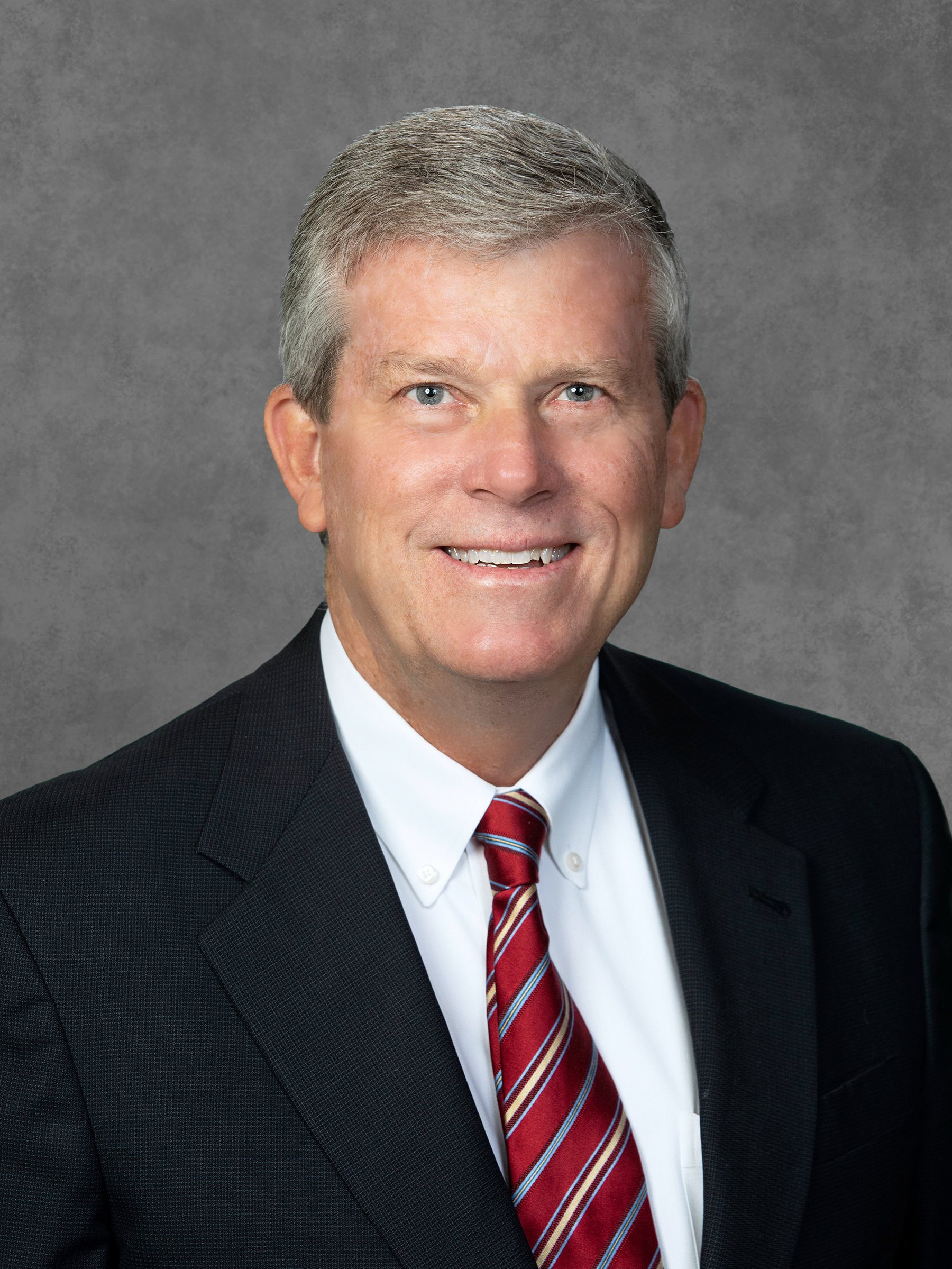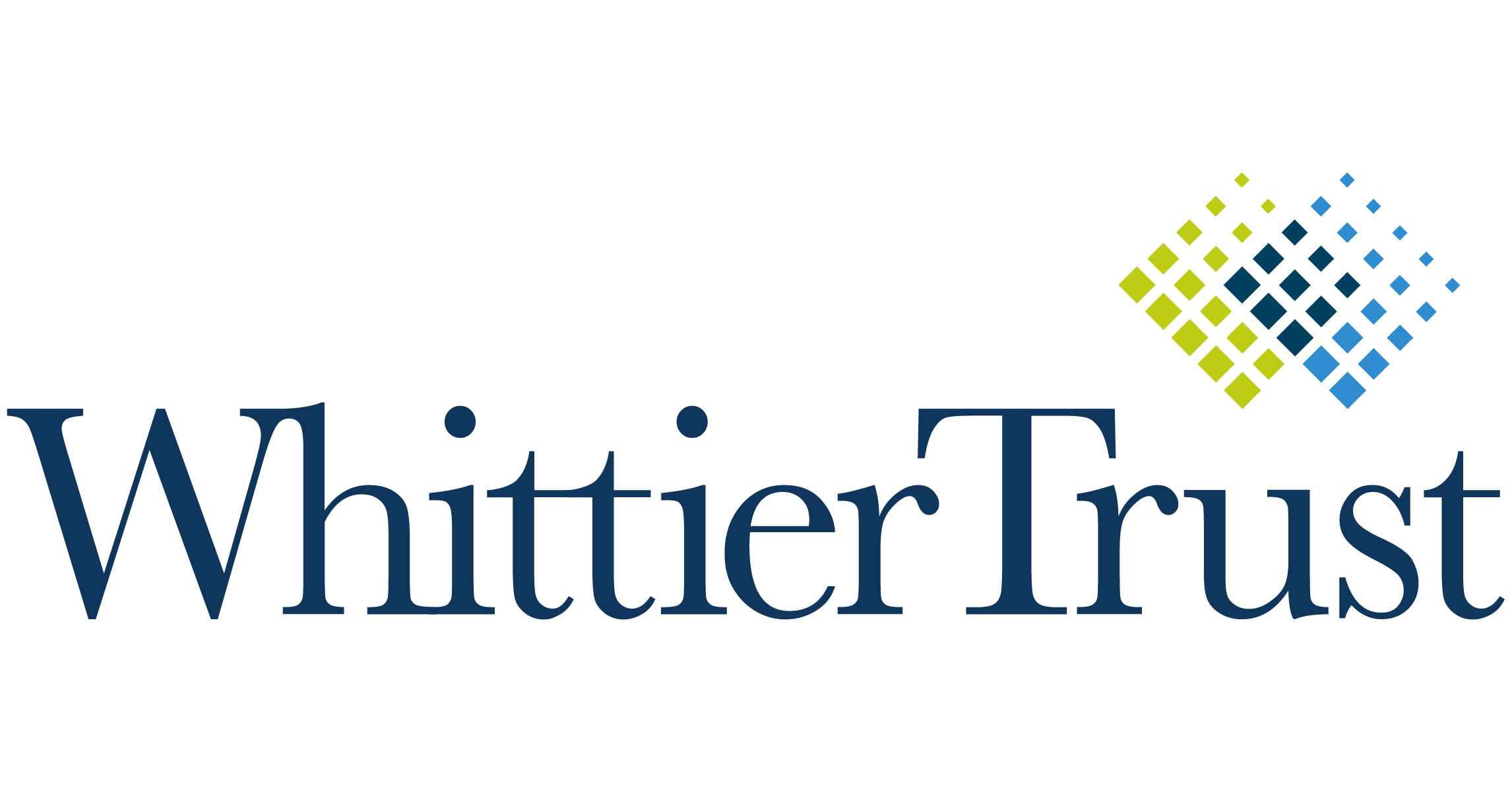Giving together can create a lasting bond.
“Philanthropy has the power to bring a family together,” says Pegine Grayson. “It can be life-changing, not just in its impact on a community, but also its impact on the donors.”
Invitation to Share
As Director of Whittier Trust's Philanthropic Services department, Grayson and her team help high-net-worth families meet their charitable goals, but the personal rewards for families are sometimes among the most meaningful outcomes.
Grayson recounts the time she helped plan a family retreat with the goal of getting three young adult children involved in the family foundation. While the two sons were enthusiastic, the daughter had been largely estranged from the family and only reluctantly agreed to attend.
“About an hour into the retreat, we asked the father to talk about why he wanted a foundation—what happened in his life that made him want to use his wealth in this way,” Grayson recalls. “He began talking about his reasons for joining the military decades ago, the experiences he had during his service that left a lasting impression on him, his own experiences as a veteran, and why he cares so deeply about helping fellow vets. As his story unfolded, he broke down and cried. The kids were stunned. They had never heard this story. After so many years, they finally had a key to begin to understand what their father was about.”
The father's vulnerability created a major shift in the room, Grayson says, which transitioned to asking each of them about their own lives and areas where they'd like to have an impact. Although no one's causes were the same, there were no wrong answers, and everyone was truly listening and hearing each other. “By the end, the kids realized that it's not always going to be the dad show; it can be the family show,” Grayson concludes. “And they've all been active in the family foundation since, including the daughter.”
The School of Philanthropy
Because the work of Philanthropy is steeped in personal values, it's an ideal vehicle for a family to talk about what has shaped them as individuals and what it means to them to align their wealth and values. Philanthropic pursuits open the door for a family to work together as a team on projects or initiatives that will benefit others outside of the family unit. Grayson discusses her top five:
1) Values and succession
As a parent, you don't want wealth to undermine your children's initiative and drive for success. You want them to be equipped with the tools and values they need for a good life. Philanthropy provides that foundation, prompting discussions of family members' backgrounds and beliefs and helping everyone embrace family history and carry forward important values.
2) Life skills
Even once you have settled on a charitable mission, it can be surprisingly challenging to select grantees, develop a decision-making process, decide the type of impact you want to have and how to evaluate it, etc. Making these decisions as a family provides a rich learning environment, as members research the causes they care about and learn how to communicate respectfully, make persuasive arguments, appreciate other perspectives, and compromise. You also have to learn how to represent your family effectively in the community so that every encounter leaves people, grantees, organizations, and other philanthropists with a positive impression.
3) Financial literacy
By tending to the business of the foundation, family members learn about investments, financial planning, budgeting, market fluctuations, and other financial management practices, including how to calculate the 5% required distribution for private foundations.
4) Resolving ambivalence
It's not uncommon for family members to have a love-hate relationship with the family's wealth, particularly for those who didn't earn the money themselves. Sometimes, there are expectations of achievement; sometimes, politics and unconscious messages of distrust. But coming together to decide how to use the wealth for good can serve as a pressure relief valve for some of those issues and get family members rowing in the same direction as they focus on the positive impact they can have on issues they care about.
5) Togetherness
With families spread all over the country, or even the world, philanthropy can keep you united around a common purpose and provide an impetus to physically come together, visit grantees, see your work in the community, and then talk about what you've seen.
Strategy for Family Continuity
“One longtime Whittier client had a situation that demonstrated all five of these benefits,” Grayson says.
The origin of the family's wealth went back many generations, and as the family branched out, they created a variety of foundations. By the fourth generation, everyone had their own separate interests, and they were no longer collaborating.
“We saw a way to bring everyone back together,” Grayson explains. “For the fifth generation, we had the idea to create a junior board to start talking about seamless succession planning for the family foundations, identifying promising charities, and learning about making grants. So, we formed a group of cousins and started to educate them on the responsibilities of being a board member of a foundation and the legal and tax constraints in which they operate. We focused on fundamental activities such as researching grantees, making site visits, and budgeting. As the training sessions progressed, the cousins wanted to know more. Some of the questions that came up were, While we're talking about philanthropy, can we also talk about why my parents set up a trust, what it means, and what are the differences between stocks and bonds and other investments? They were hungry for knowledge.
“As the group started to learn together, they started respecting each other. That has led to even deeper relationships over time. They're all still very close and doing collaborative grant-making across branches of the family. Every other year, they have a ‘G5’ retreat in person, and they plan it themselves!” Grayson says. “Philanthropy created those relationships. That fifth generation got to know each other in a way that never would have happened without the common bond of using the family's wealth for good. It's the best feeling to be able to help facilitate that.”
From Investments to Family Office to Trustee Services and more, we are your single-source solution.




